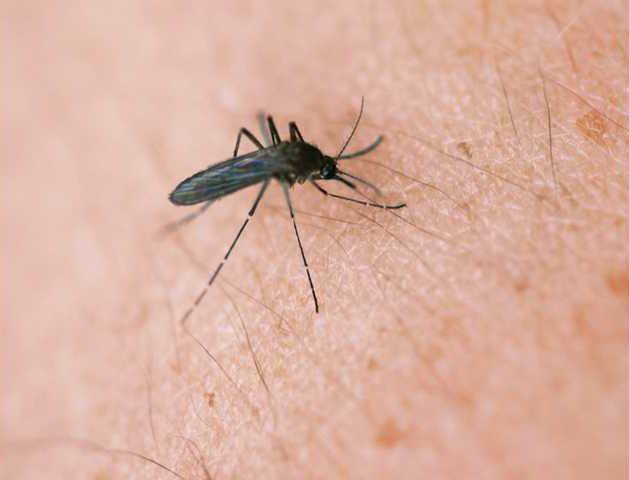John Hoffmire is director of the Impact Bond Fund at Saïd Business School at Oxford University and directs the School of Business and Poverty at the Wisconsin School of Business at UW-Madison. He runs Progress Through Business, a nonprofit group promoting economic development. Mario Mendoza, Hoffmire’s colleague at Progress Through Business, did the research for this article.
![]()
In 2010, malaria killed almost a million people worldwide and still infects about 350 million a year. These are large figures for a disease that is both curable and preventable.
Malaria is one of humanity's biggest killers, ranking among the five most dreadful illnesses ever experienced, killing more than 150 million in the 20th century, and an estimated 250 million that scientists have been able to count. This makes malaria comparable to the bubonic plague. Malaria has been with us for at least 3,000 years. Even Hippocrates, the father of Western medicine, gave a detailed description of it. I had malaria, and when I was experiencing the worst of the fevers, it was the only time in my life when I felt that it would be acceptable if I died.
Malaria is an illness caused by the plasmodium parasite. It is transmitted mainly by a special type of mosquito called Anopheles, which lives in tropical areas in Africa, Latin America and Asia. Currently, Africa is the most endemic zone on the planet. The plasmodium parasite has four variants, and although there is medicine to treat each of these, there is strong evidence that the malaria bugs are generating resistance to drugs. To this day, the advent of an effective vaccine has proven to be complicated; consequently, prevention continues to be an important strategy. One way of doing this is with nets under which people can safely sleep.
During the 1960s, the main global campaign to eradicate malaria used an insecticide called DDT. At that time, it was thought to be the strongest insecticide without associated collateral damage. The DDT campaign started showing such amazing progress that it was thought that wiping out malaria was just around the corner. Shortly after, it was discovered that there were very important environmental concerns associated with DDT and importantly, a new breed of resistant mosquitos came into existence. Subsequently, malaria has re-emerged as a disease that would kill and leave societies with a sense that it would be around for a long time.
Today, about one third of the global population could be at risk of contracting malaria. With this type of danger, worldwide organizations developed a second action plan to strike back against the disease. It is called the Global Malaria Action Plan (GMAP). It aims to reduce cases by 75 percent in 2015 versus the number who were afflicted in 2000, and to get to a near zero-death rate by 2015.
Few people are affected by this illness in the U.S., given our temperate climates, appropriate surveillance and prevention policies. According to the U.S. Department of Health and Human Services, about 1,500 Americans are infected every year — most of them as they travel to risky regions.
Being almost free of malaria is a clear advantage to our country, but not necessarily for the rest of the world. This is because not many resources are allocated to fight this disease by the most wealthy and scientifically capable country in the world. During 2013, worldwide, there was $9 billion spent on malaria prevention, treatment, training and eradication. In 2012 in the U.S., $11 billion was spent on cosmetic surgery. Of the popular surgeries, 91 percent were elective.
Innovative efforts to fight malaria focus on a variety of fronts. But one of the most interesting areas of research addresses hemoglobin C. It is a source of natural resistance that can reduce the risk of mortality by 80 percent.
At no time in the history of humanity have we been as close as we are now to having the real capacity and means to eliminate this disease. Here’s to those who are doing the real work in addressing malaria.

